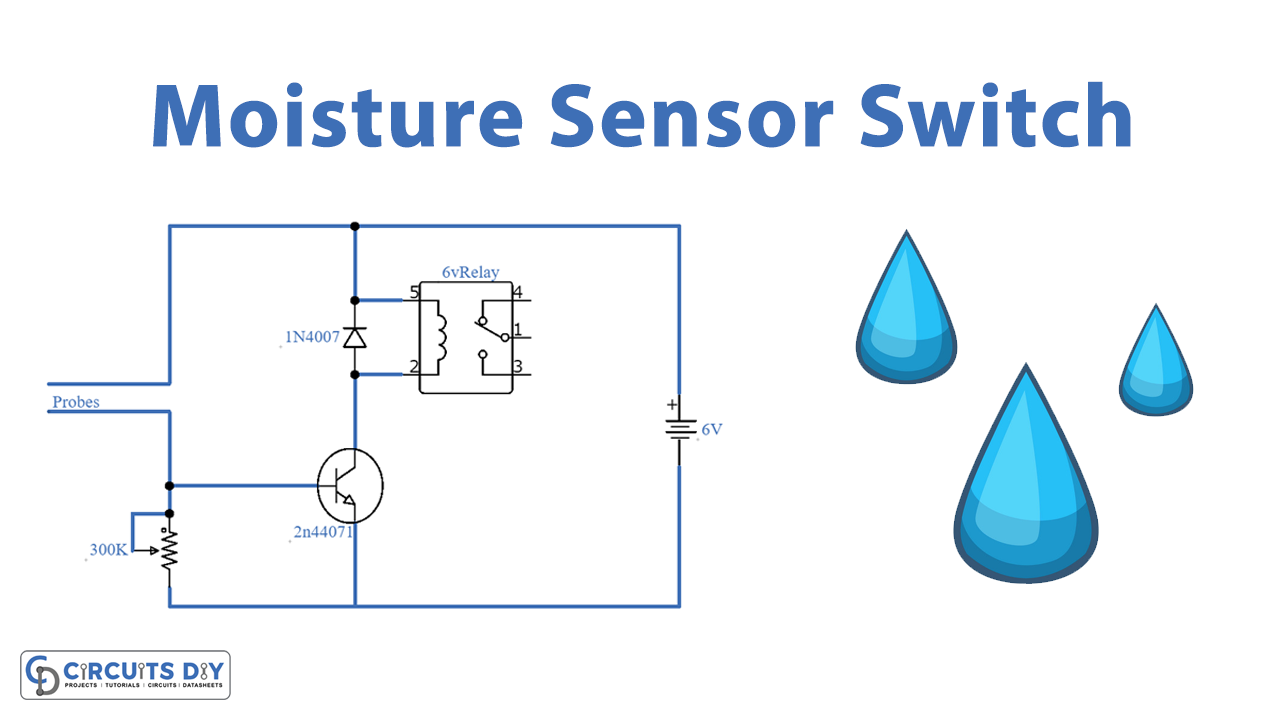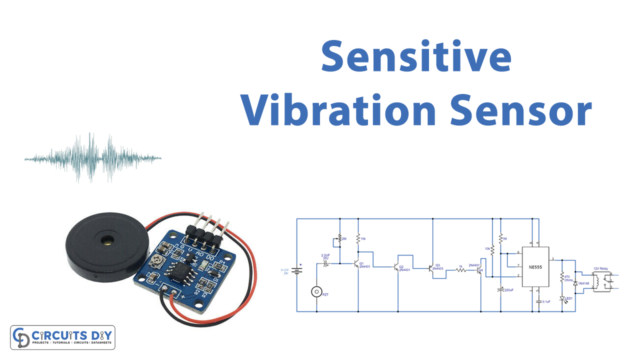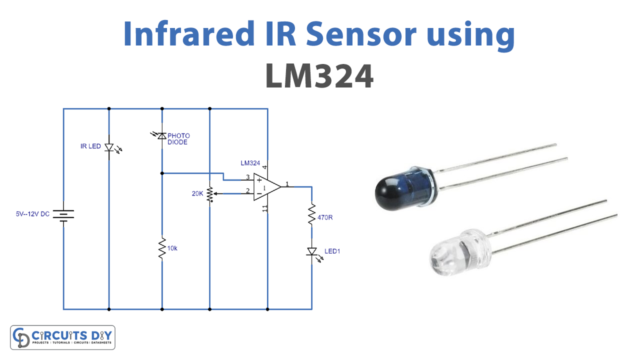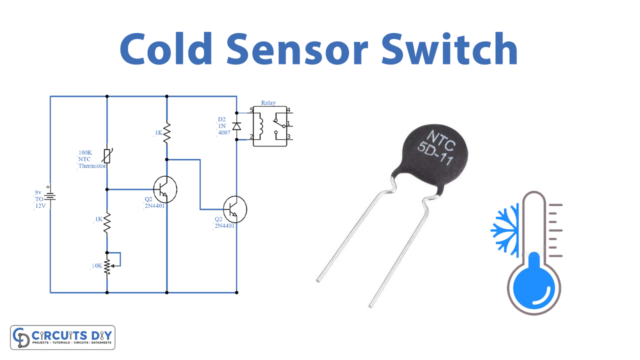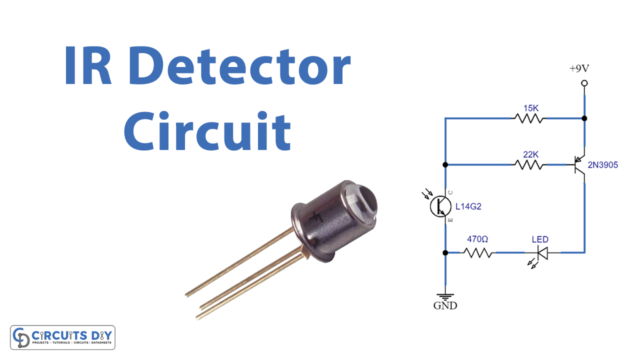In this tutorial, we are making a moisture sensor switch circuit. This is one of the simplest circuits of a moisture sensor that can be used to switch on any equipment on a certain level of moisture content in substances like soil, wood, plant, etc. it is easy, beginner-friendly, and inexpensive as it is only using a few components.
Probes are used to detect the moisture from the substance. A variable resistor is used to adjust the circuit to switch on the relay on your desired moisture level. A transistor is used which is acting as a switch of the relay, and you can connect any equipment with the relay to operate it with this circuit.
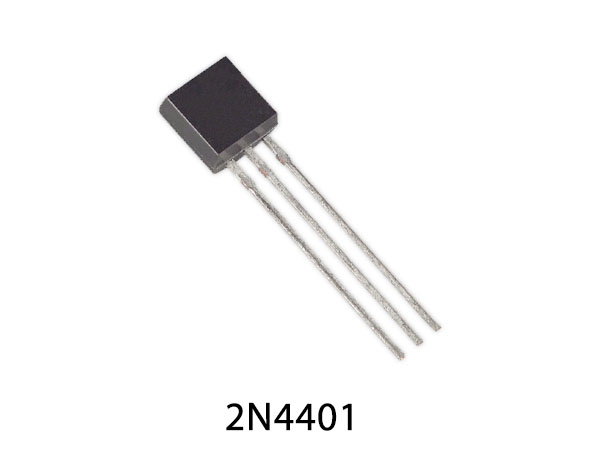
Hardware Components
The following components are required to make Moisture Sensor Switch Circuit
| S.no | Component | Value | Quantity |
|---|---|---|---|
| 1. | DC Supply | 6V | 1 |
| 2. | Probes | – | 2 |
| 3. | Relay | 6V | 1 |
| 4. | Diode | 1N4007 | 1 |
| 5. | Transistor | 2N4401 | 1 |
| 6. | Variable resistor | 300K | 1 |
2N4401 Pinout

For a detailed description of pinout, dimension features, and specifications download the datasheet of 2N4401
Moisture Sensor Switch Circuit

Working Explanation
The working of this circuit is quite simple. When the probes will detect the moisture in the substance than the resistor between these two probes will decrease and it will let the voltage pass through it.
This switches ON the transistor and the transistor will activate the relay. Now anything connected with the relay will be turned on as well. The operating voltage of this circuit is 6V, or 12 volts DC. The relay used in this circuit should have the same value as the input voltage.
Applications and uses
This circuit can be used to detect moisture in different substances such as your plants, soil, wood, containers, etc. and after detecting the moisture it will switch on your desired equipment. For example, it can turn on a fan to dry some moisture from any substance.


